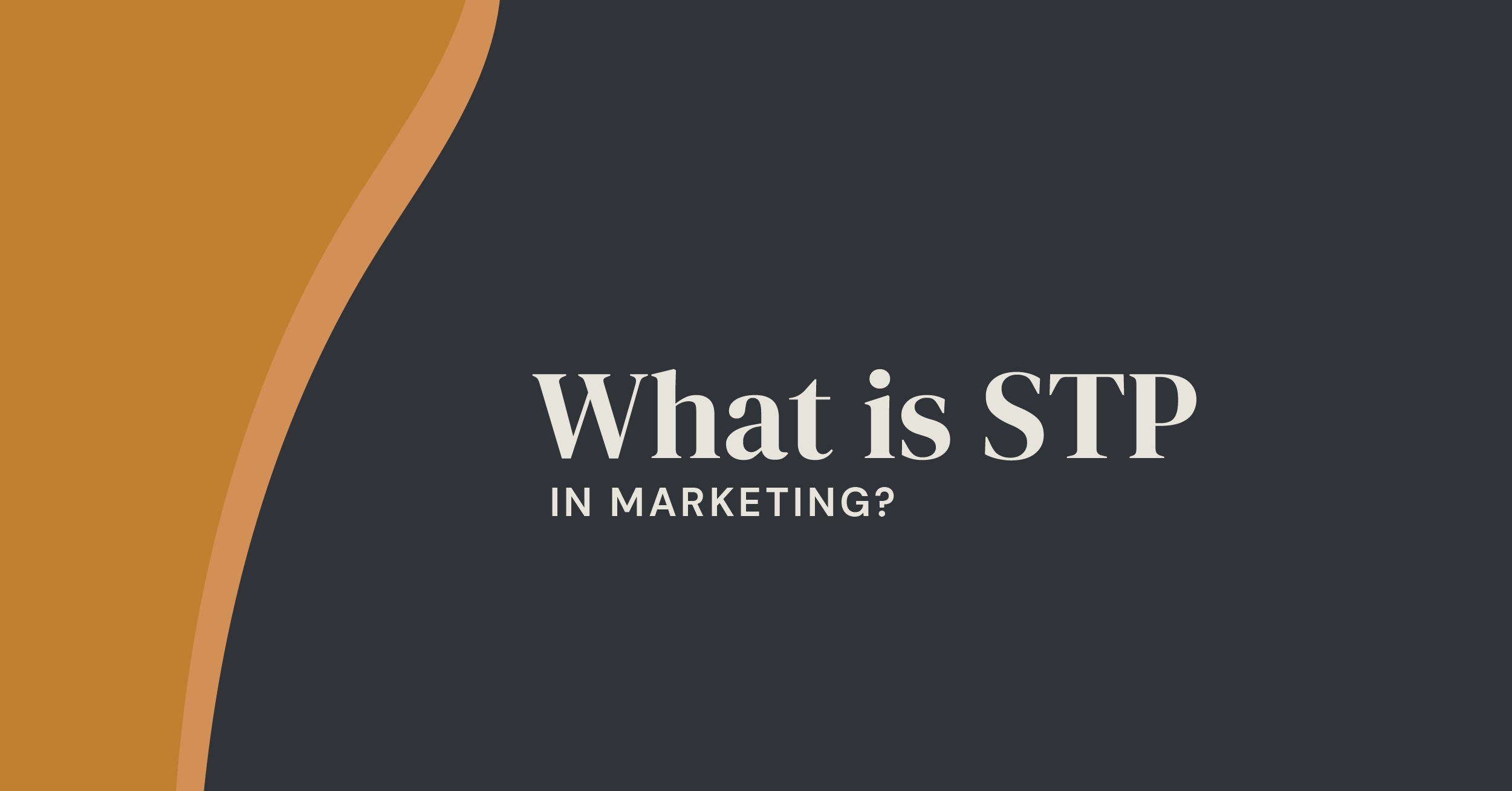BLOG What is STP in Marketing?
What is STP in Marketing?
POSTED BY Primitive | Aug 20, 2021

The worlds of business and marketing come with a lot of words, acronyms, and abbreviations not commonly used in everyday speech.
- S.M.A.R.T. (Specific, measurable, attainable, realistic, time-bound) goals
- ROI (Return on investment)
- BR (Bounce rate)
- CTR (Click-through rate)
- SEO (Search engine optimization)
- UX/UI (User experience/User interface)
- B2B (Business-to-business)
- And the list goes on.
There are so many, in fact, that Primitive created our own digital glossary complete with definitions and examples to help bridge the communication gap between partner and client.
Download Primitive’s Free Digital Glossary
But all that to say there are still a few lingering abbreviations that find their way into the modern marketing industry without much pomp and circumstance. However, their power should not be underestimated.
One example is the branding and positioning framework commonly abbreviated to: STP.
What is STP?
STP stands for segmentation, targeting, and positioning. It’s a three-step process that builds in checks and balances to ensure your business’s marketing strategies are refined, executed, and driving the results you desire.
Essentially, this framework takes a detailed look at your products and services, breaks your audience into smaller, target segments, and identifies optimal ways to target those audience members.
Let’s break it down even further.
Step One: Segmentation
Segmentation is the first step in the three-part framework. In this step you want to break off your audience into smaller, realistic groups that your business can both reach and engage with.
However, keep in mind that being too narrow with your segments can be unrealistic and actually waste time and resources.
A few popular criteria with which you can segment your audiences are as follows:
- Geography – Where are your audience members located? (Country, city, state, regions, neighborhoods)
- Demographic – What common traits are you targeting? (Age, gender, education level, marital status, employment, income)
- Psychographic – What traits make up your ideal customer? (What is their lifestyle? What are their values? What opinions do they hold?)
- Behavior – How do the audience members interact with your business? (How do they use your products/services? What do they desire from your products/services? What are they buying? How often are they buying? How are they interacting with your online presence?)
Step Two: Targeting
The second step in the three-part framework is targeting. This is where you take the segments you created in step one and identify which aligns and furthers your business objectives.
Keep in mind that although it’s tempting to hit the ground running with multiple segments, rarely will you see the highest ROI from putting your hands in multiple proverbial cookie jars. In this instance, two hands in one jar will give you the biggest bang for your buck.
So, how do you determine which segment should hold your gaze?
The answer is the one that has the most profitability potential while also having a lower cost of acquisition, and is actively growing.
You can identify which segments have these components by reviewing the following criteria:
- Measurability (size)
- What is the size of the segment and what are its needs/purchase behaviors?
- Profitability
- The profits acquired within this segment must exceed the cost required from your marketing team and any iterations of the marketing strategy that might occur. It’s also important to notate what the LTV (lifetime value) of a customer would be within this segment.
- Accessibility
- How difficult is it to reach this segment? Is it easy to communicate and engage with them? Is the CAC (customer acquisition costs) high relative to the return?
Step Three: Positioning
Positioning is the final step in the three-step framework and is really where your brand gets to shine. In this step you show your target segment what gives you the competitive edge over everyone else.
Not sure what the “what” is?
A brand positioning map, “the visual plotting of specific brands against axes, where each axis represents an attribute that is known to drive brand selection,” can help you identify your brand’s sweet spot.
Any time your business chooses to focus on the customer over the product or service, you give yourself an edge in the industry. The more personalized an experience is for the consumer, the better the chances are of your business building long-lasting brand value, loyalty, and repeat customers.
That’s a win-win any business would want, and it all starts with STP.
Ready to uncover your winning strategy? Schedule your free consultation.
SHARE THIS POST:

About the writer, Primitive
The team behind On the Dot. is made up of creatives, strategists, and developers who give a damn. At Primitive, we craft digital solutions that help businesses grow from brand to backend. Every insight we share is backed by strategy, driven by results, and built to move your business forward.
